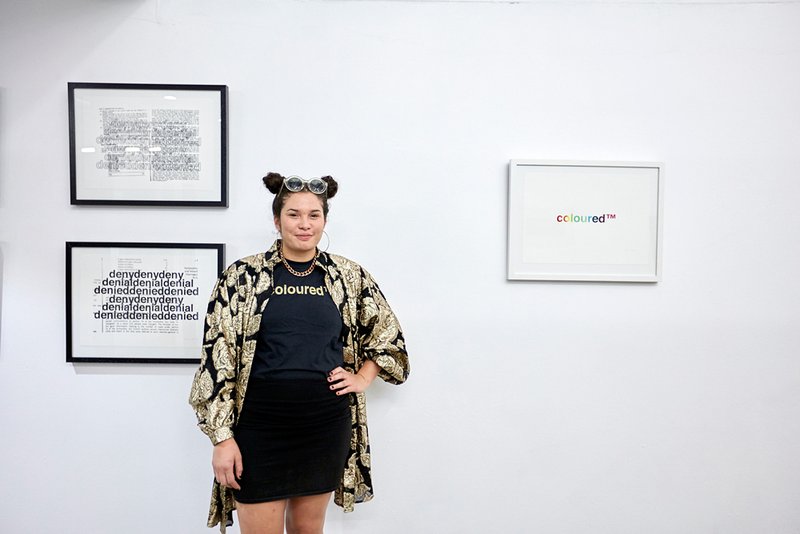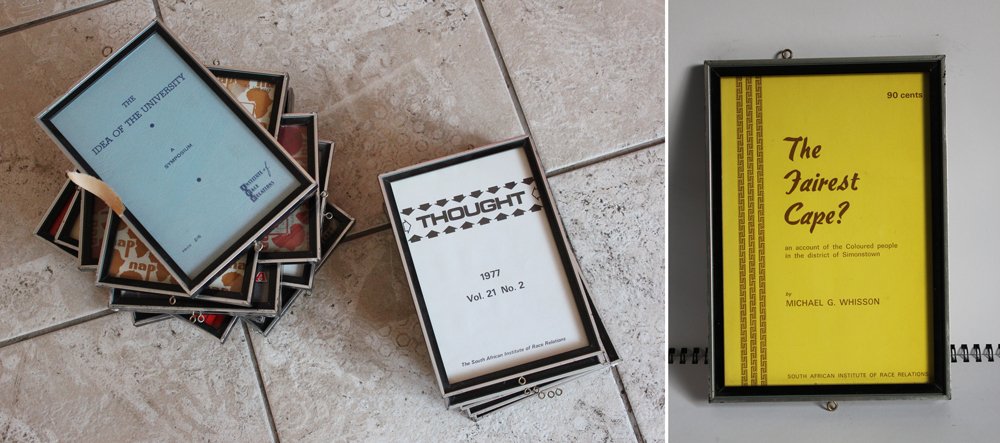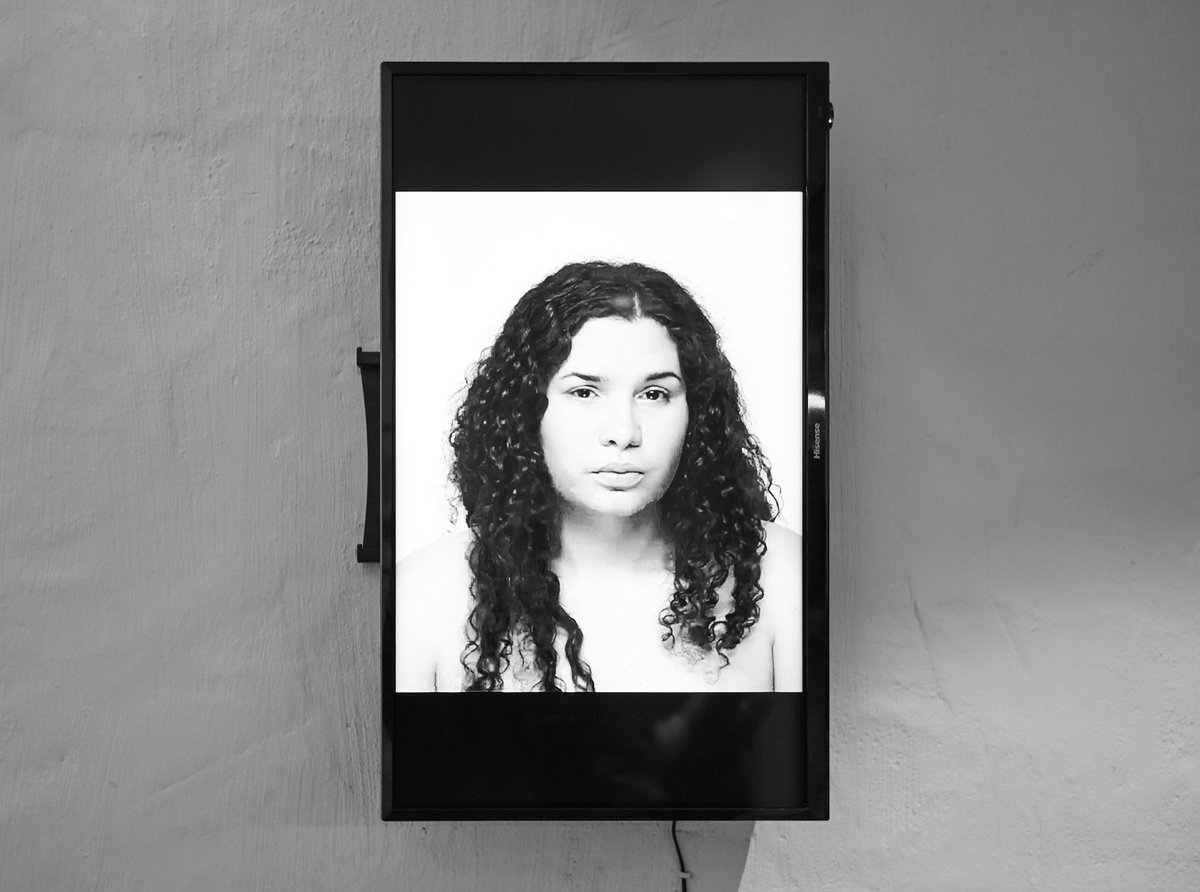Roberta Rich with her work 192 Denials in ‘78, Amendment Denial Act and Coloured™, 2016. Framed serigraphs on paper. Photo by Zelé Angelides.
First of all, congratulations for receiving the Sainsbury Sculpture Grant through NAVA in 2015 and The Freedman Foundation Scholarship this year! Well done! What do you think this has meant to you as an early-career artist?
Thank you! I am very flattered to have been awarded both of these opportunities through NAVA. As an early career artist, it is extremely encouraging to this kind of support. The Sainsbury Sculpture Grant enabled my residency at Assemblage in Johannesburg, which has opened so many exciting avenues, networks and ambitions for future projects and my arts practice. I am extremely grateful, and acknowledge the importance of funding and opportunities for early career artists and their development.
With The Freedman Foundation Scholarship, I will travel to Cape Town and Johannesburg, South Africa to undertake a research project about The South African Institute of Race Relations and research slave history in the Cape. This project will contribute to my ongoing conceptual development as well as my personal reconnection to my African heritage in a contemporary context.
As a multidisciplinary artist, your practice spans a range of mediums such as tapestries, prints, and videos as shown in this year’s Freedman exhibition. Despite variations in medium, all your works seem to demonstrate a strong research-based approach to the historical, the socio-political, media and popular contemporary culture. What does research mean to your practice and how does travelling research inform your practice as a whole?
I regard research as essential. My research involves examining colonial histories, identity representation and language, and within this, its complex and very sensitive nature. Research is a priority, and to loosely quote Spivak, one should “do their homework”, especially when “speaking” or asserting a position, which I think can be applied to many things beyond arts practice.
The travelling research I engage in is often self-directed or guided by mentorship, contributing to a project of continuously learning, developing concepts and aesthetics, in order to initiate necessary and hopefully progressive dialogues through my art towards social change.
Apart from extensive research, personal experience appears to play a significant role across your works. As a young Australian with mixed heritage, how do you find your own identity, or should I say identities, influence your journey as an artist?
I use my personal experiences as a platform in my art to speak to wider social and political issues. From a young age I’ve always been aware of my African identity however simultaneously confused because of experiences of being questioned, examined and interrogated. These experiences have driven me as an artist to critique oppressive structures and challenge dominant notions of “authentic” identity in my work. In doing so, I intend to reclaim language and a right to self determine outside of constrictive binaries, and hopefully influence others to feel safe in doing so likewise.










